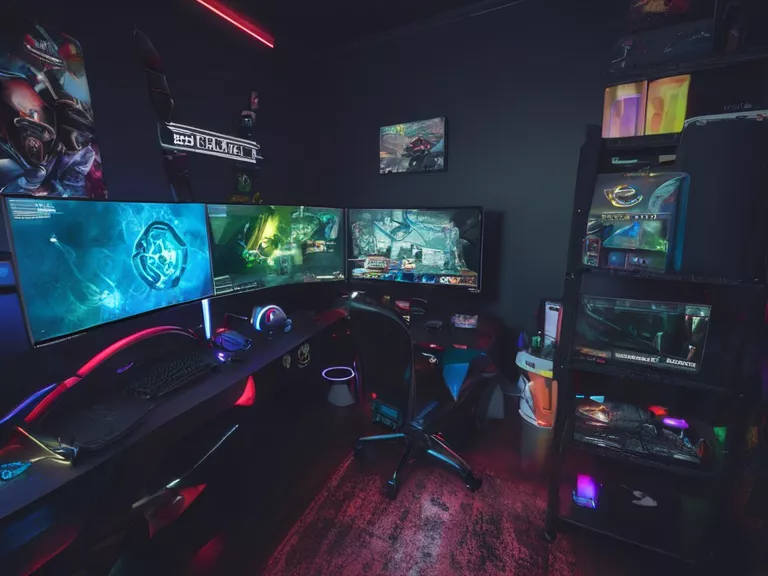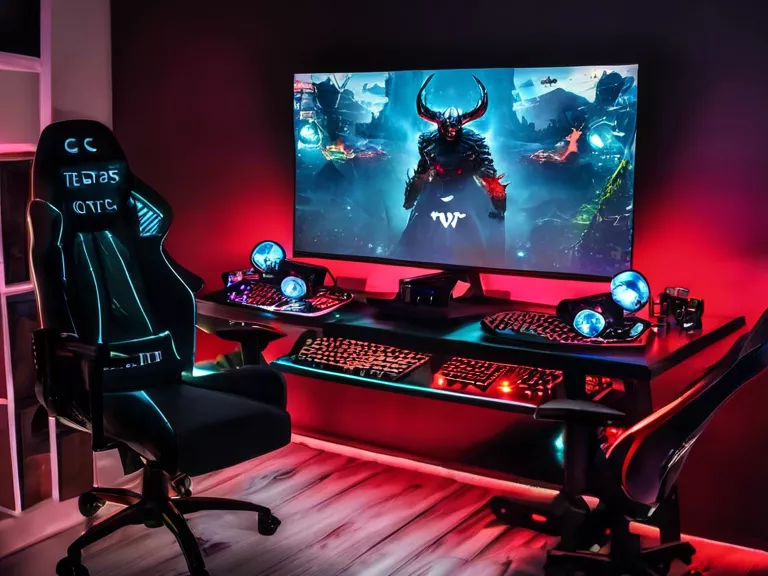
When it comes to creating a truly immersive gaming experience, sound design plays a crucial role. From the eerie creak of a door opening to the thunderous roar of an explosion, the sounds in a game can transport players to another world and add depth to their gameplay. In this article, we will discuss how to optimize game sound design for an immersive and realistic experience.
1. Understand the Game Environment
The first step in optimizing game sound design is to thoroughly understand the game environment. Is it set in a futuristic cityscape, a medieval castle, or a post-apocalyptic wasteland? Each environment will have its own unique soundscape, from the hum of neon lights to the clank of armor. By creating sounds that are tailored to the specific setting, you can enhance the player's sense of immersion.
2. Use Spatial Audio
Spatial audio is essential for creating a realistic sense of space in a game. By using techniques such as binaural recording and panning, you can simulate the way sound travels through a 3D environment. This can help players locate objects in the game world and react to threats more quickly.
3. Mix Levels Carefully
Balancing sound levels is crucial for creating a realistic and immersive experience. Make sure that important sounds, such as footsteps or enemy gunfire, are audible without drowning out other audio cues. Pay attention to the dynamic range of your sounds, and use effects such as compression and equalization to ensure a consistent listening experience.
4. Add Variation and Detail
To make your game world feel alive, it's important to add variation and detail to your sound design. Include subtle ambient noises, such as birds chirping or distant traffic, to create a sense of realism. Use Foley sound effects to add texture to interactions, such as the rustle of fabric or the clink of glass.
5. Test and Iterate
Finally, testing and iteration are key to optimizing game sound design. Playtest your game with a variety of players and listen to their feedback on the sound experience. Make adjustments based on their comments to ensure that your game sounds as immersive and realistic as possible.
By following these tips, you can create a game sound design that enhances the player's experience and brings your game world to life.



